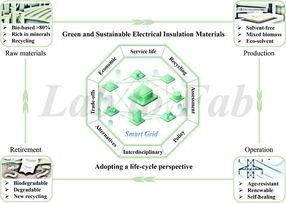Flame retardant ban reduces exposures in pregnant women
Advertisement
Phasing out the use of potentially harmful flame retardants in furniture foam, electronics and plastics has lowered pregnant women's exposure to the substances, which are associated with health problems in both pregnant women and their newborns. The new study, which was published in the ACS journal Environmental Science & Technology, was the first to examine the phase-out's effectiveness.
Ami Zota, an assistant professor at George Washington University, and colleagues explain that furniture, electronics and plastics manufacturers commonly used flame retardants called polybrominated diphenyl ethers (PBDEs) in their products starting in the 1970s. In 2003-2004, California banned the manufacture and import of certain PBDEs, and the U.S. phased out their production. However, human exposure continues from house dust, food and use of older products containing the flame retardants. PBDEs are associated with thyroid hormone problems in pregnant women and their children. These children also are at greater risk for having poor attention spans and reduced IQs. No one knew whether the ban actually reduced human exposures, so Zota's team investigated the issue.
They found a 65 percent drop over three years (2008-2011) in the levels of PBDEs in blood samples from pregnant women who visited San Francisco General Hospital, suggesting that the ban had a positive impact. However, the authors caution that because the substances remain in the environment for a long time, exposure will likely continue. The researchers say this study shows the importance of biomonitoring (measuring the presence of substances in the human body) to track changes in levels in the human population, and the value of that information in shaping public health policy.
Organizations
Other news from the department science

Get the chemical industry in your inbox
By submitting this form you agree that LUMITOS AG will send you the newsletter(s) selected above by email. Your data will not be passed on to third parties. Your data will be stored and processed in accordance with our data protection regulations. LUMITOS may contact you by email for the purpose of advertising or market and opinion surveys. You can revoke your consent at any time without giving reasons to LUMITOS AG, Ernst-Augustin-Str. 2, 12489 Berlin, Germany or by e-mail at revoke@lumitos.com with effect for the future. In addition, each email contains a link to unsubscribe from the corresponding newsletter.

























































